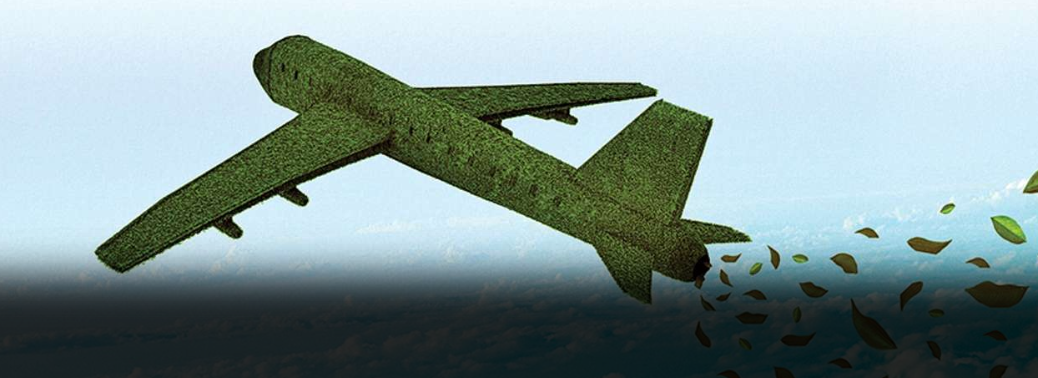BIO-ATF
23, Feb 2019

Prelims level : Environment
Mains level : GS 3: Achievements of Indians in science & technology; indigenization of technology and developing new technology.
- The Dehradun-based Indian Institute of Petroleum has successfully finished a pilot test to convert used cooking oil into bio-aviation turbine fuel (Bio-ATF), which can be blended with conventional ATF and used as aircraft fuel.
About:
- The Institute collected used cooking oil from caterers and hotels in Dehradun for the pilot, which has now set the platform for commercial use of the technology.
- The chemical composition of the used cooking oil is identical to other plant-based oils that have been converted to Bio-ATF.
- The Bio-ATF derived from used cooking oil is yet to be tested on a flight. The pilot test has proven that it is very similar to Bio-ATF derived from jatropha oil. A large quantity of Bio-ATF is needed for testing on an actual flight. So far it haven’t built a stock of used cooking oil large enough to produce the quantity of Bio-ATF required. But in the next month.
- The test assumes importance as the Food Safety and Standards Authority of India (FSSAI) has launched the Repurpose Cooking Oil (RUCO) initiative to collect and convert used cooking oil into bio-fuel. As many as 64 companies in 101 locations across the country have been identified for the purpose by FSSAI.
- The food safety body says that by 2020, it should be possible to recover about 220 crore litres of used cooking oil for conversion into bio-fuel.
- The CSIR-Indian Institute of Petroleum is looking for partners to commercialise the technology.
Significance:
- Biojet reduces greenhouse gas emissions by more than 60 percent compared with standard fossil jet fuel, one of the key reasons it has been accredited as part of BP’s Advancing Low Carbon programme which aims to recognise and encourage low carbon action across the company.
- Aviation is a significant source of greenhouse gases. Today, aviation accounts for about two per cent of global emissions. That is not a huge percentage, but aviation is one of the only sectors of the economy whose emissions look set to grow. It will become three per cent by around 2050 if no action is taken.
- The International Air Transport Association has set a target of cutting aviation’s net carbon dioxide emissions by 50 per cent by 2050, relative to 2005 levels. As part of this, a scheme called CORSIA aims to cut emissions from international flights, by forcing operators to pay to offset their emissions. However, this is only a partial solution.
- Until recently, waste oil from restaurants was typically poured into landfill, where it decays and produces methane – another greenhouse gas. That can have “a really negative impact on the environment
- First, tankers collect used cooking oil from restaurants. Then the oil is processed into fuel. It’s aggregated, it’s cleaned up a bit, and then it goes into a specialist bio-refinery. There it undergoes a chemical reaction with hydrogen. That removes the oxygen that’s there in the cooking oil and cleans it up even further and gives it the right properties, such that it’s indistinguishable from fossil jet fuel.
- The benefit of this is that the new fuel can be carried in the existing pipes and tankers, and pumped straight into planes. You don’t need to modify the planes.
- It’s not yet possible for an aeroplane to fly solely on aviation biofuel. Instead, it has to be blended with conventional fuel.






